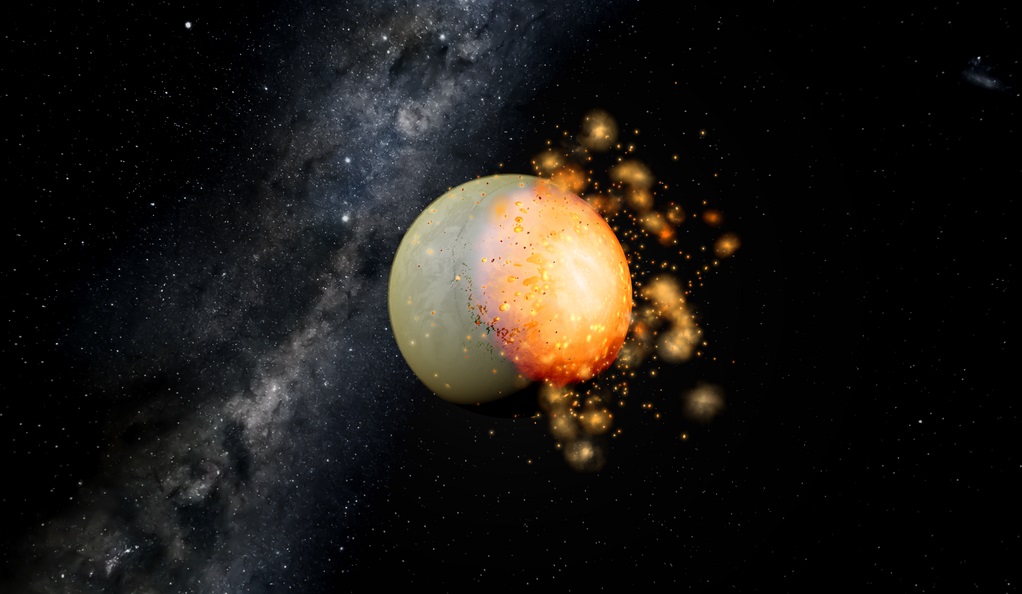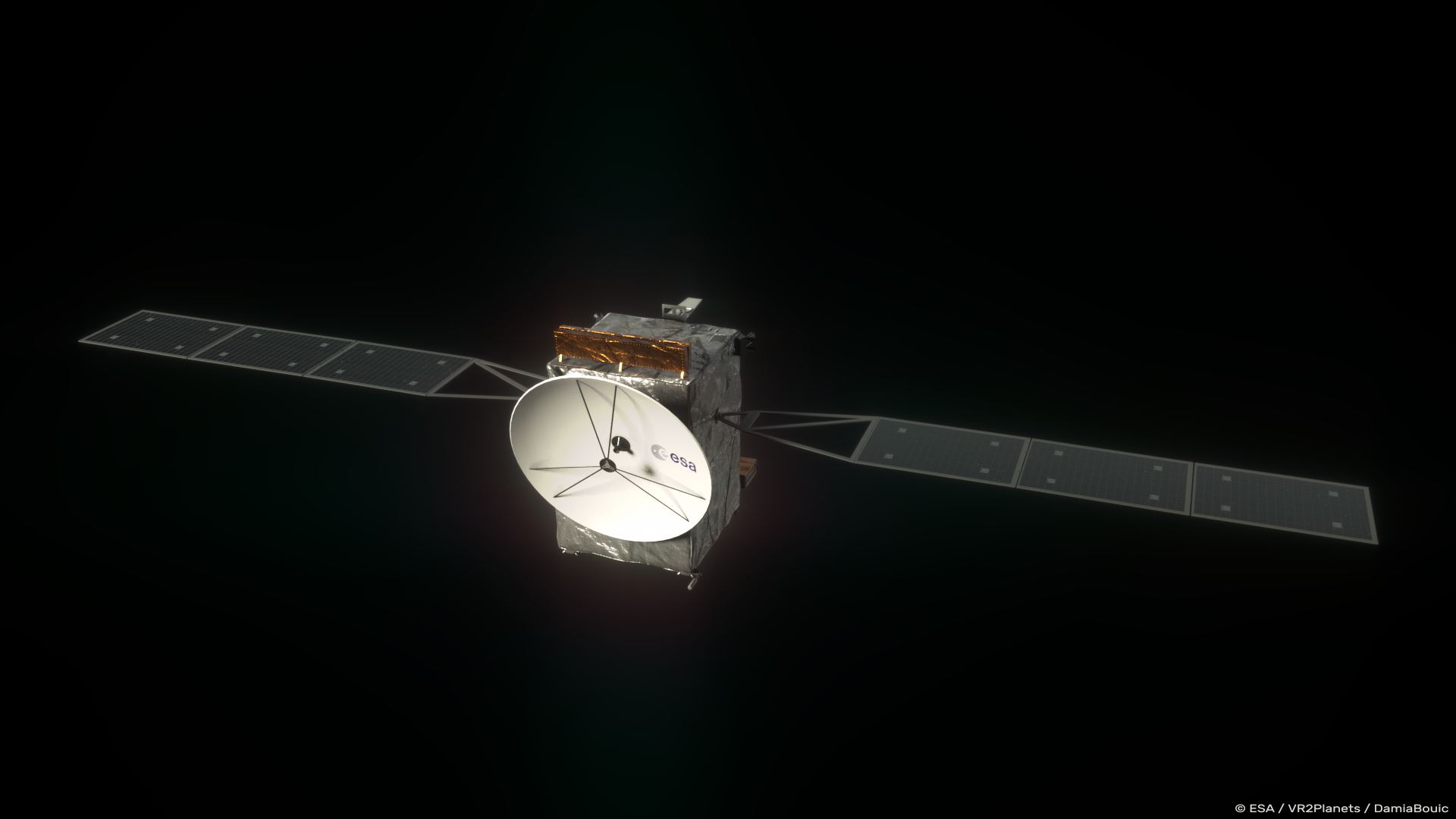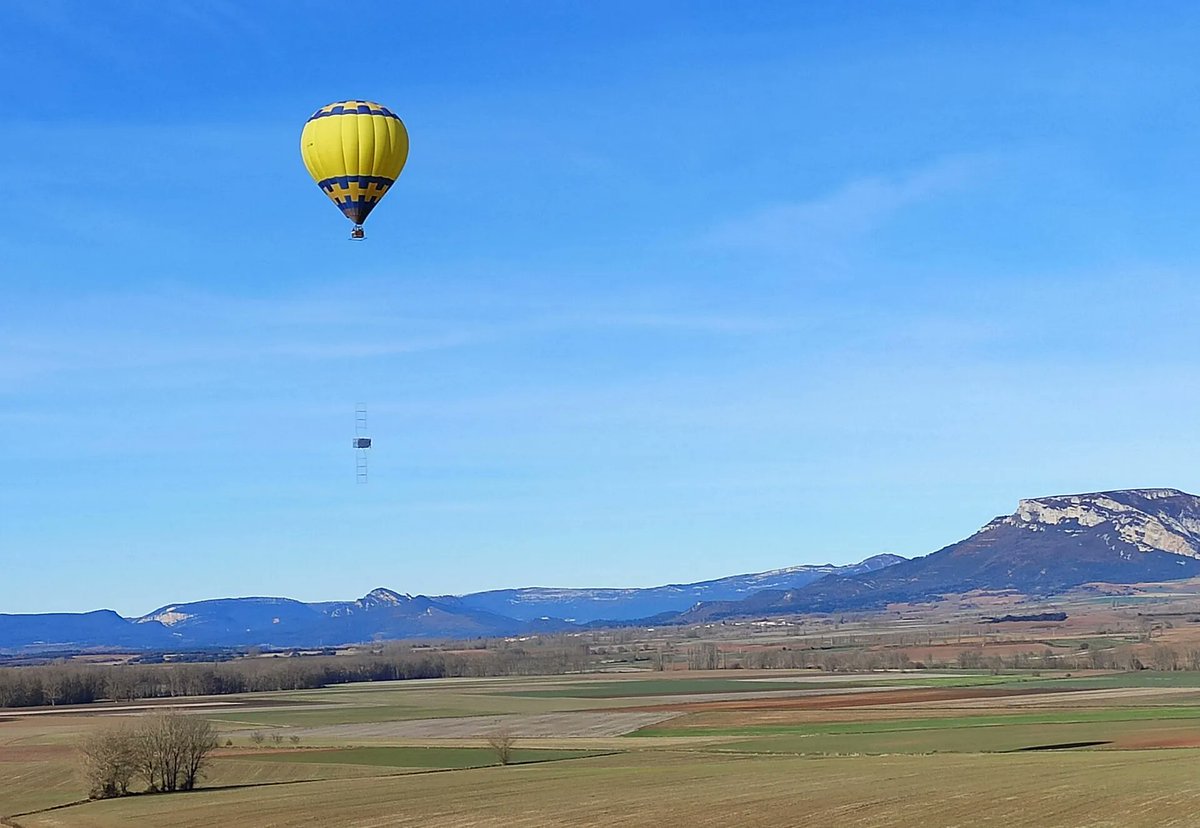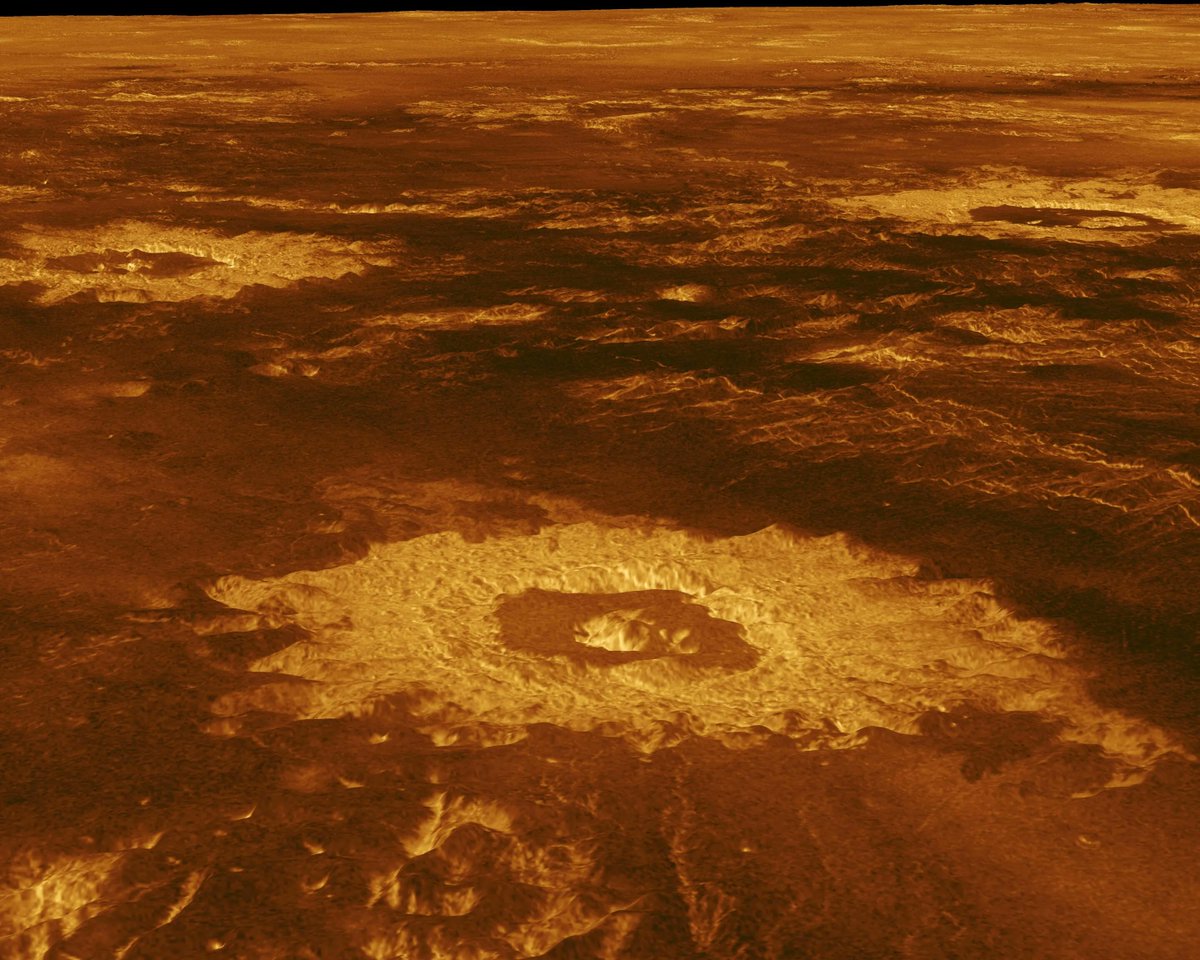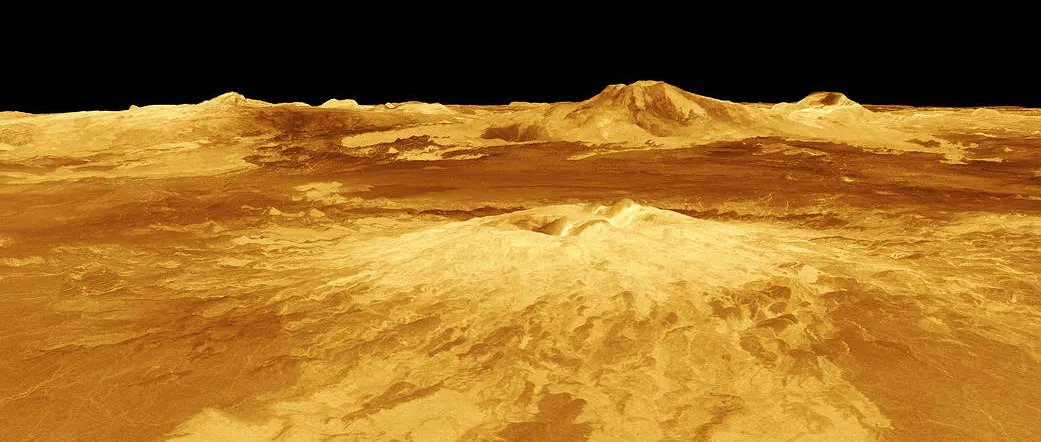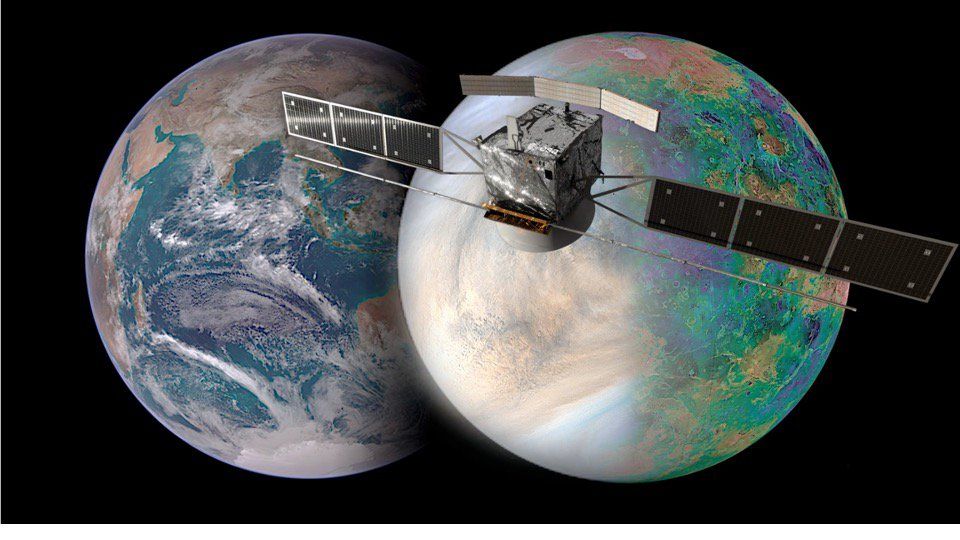When it comes to exploring our planetary neighbours, Mars tends to get a lot of the attention. For one thing its easier to explore as the environment is far less hostile than other planets but it also offers the tantalising possibility of finding evidence of primitive life, past or present! Venus however is still a fascinating world and perhaps one that gives us a glimpse into our future if we don’t do something to check global warming. A team of scientists are proposing an official Venus Exploration Program for NASA similar to the existing Mars program.
Continue reading “Venus is Important. We Should Take its Exploration Seriously.”Did Powerful Asteroid Impacts Make Venus So Different From Earth?
Venus and Earth have several things in common. Both are terrestrial planets composed of silicate minerals and metals that are differentiated between a rocky mantle and crust and a metal core. Like Earth, Venus orbits within our Sun’s circumsolar habitable zone (HZ), though Venus skirts the inner edge of it. And according to a growing body of evidence, Venus has active volcanoes on its surface that contribute to atmospheric phenomena (like lightning). However, that’s where the similarities end, and some rather stark differences set in.
In addition to Venus’ hellish atmosphere, which is about 100 times as dense as Earth’s and hot enough to melt lead, Venus has a very “youthful” surface. Compared to other bodies in the Solar System (like Mercury, the Moon, and Mars), Venus’ surface retains little evidence of the many bolides impacts it experienced over billions of years. According to new research from the Southwest Research Institute (SwRI) and Yale University, this may result from bolide impacts that provided a high-energy, rejuvenating boost to the planet in its early years.
Continue reading “Did Powerful Asteroid Impacts Make Venus So Different From Earth?”Potentially Active Volcanoes Have Been Found on Venus
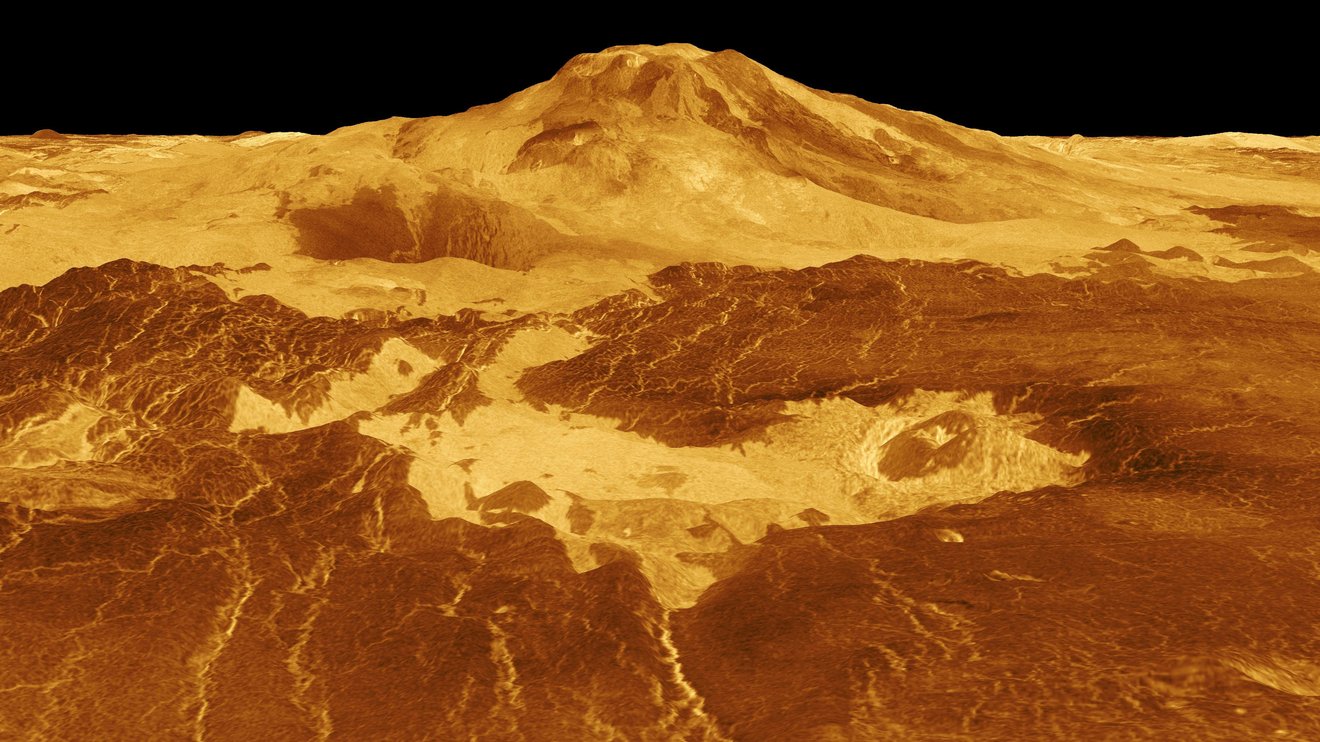
Using archival radar images taken in the 1990s by NASA’s Magellan spacecraft, scientists have found evidence of recent active volcanism on Venus. The images revealed a volcanic vent that changed shape and increased significantly in size over an eight-month period.
The scientists say their findings confirm long-held suspicions that the planet, which is known to have a very geologically young surface and evidence of past volcanic eruptions, is still active today.
“We made the discovery in the most likely place that there should have been new volcanism,” said Robert Herrick, a geophysicist at the University of Alaska Fairbanks, speaking at a briefing on March 15, 2023 from the Lunar and Planetary Science Conference in Texas. “Extrapolating from a data set of one for an entire planet could be dangerous, but most scientists would say it’s pretty good evidence that being able to catch an eruption in an eight-month time frame means that others are taking place as well. It confirms there is modern geological activity on Venus.”
Continue reading “Potentially Active Volcanoes Have Been Found on Venus”Venus is Like an Exoplanet that’s Right Next Door

We’re lucky to have a neighbour like Venus, even though it’s totally inhospitable, wildly different from the other rocky planets, and difficult to study. Its thick atmosphere obscures its surface, and only powerful radar can penetrate it. Its extreme atmospheric pressure and high temperatures are barriers to landers or rovers.
It’s like having a mysterious exoplanet next door.
Continue reading “Venus is Like an Exoplanet that’s Right Next Door”ESA’s EnVision Mission Doesn’t Have a lot of Fuel, so it’s Going to Aerobrake in the Atmosphere of Venus
Venus has almost been “the forgotten planet,” with only one space mission going there in the past 30 years. But the recent resurgence of interest in Earth’s closest neighbor has NASA and ESA committing to three new missions to Venus, all due to launch by the early 2030s.
ESA’s EnVision mission Venus is slated to take high-resolution optical, spectral and radar images of the planet’s surface. But to do so, the van-sized spacecraft will need to perform a special maneuver called aerobraking to gradually slow down and lower its orbit through the planet’s hot, thick atmosphere. Aerobraking uses atmospheric drag to slow down a spacecraft and EnVision will make thousands of passages through Venus’ atmosphere for about two years.
Continue reading “ESA’s EnVision Mission Doesn’t Have a lot of Fuel, so it’s Going to Aerobrake in the Atmosphere of Venus”Testing an Antenna That Will Float in the Atmosphere of Venus
Radar is finicky. It is extraordinarily useful for a multitude of tasks, but testing it for some particular tasks is complicated since almost everything interferes with it. That challenge is particularly acute when testing an antenna that is supposed to be used in space, which is why a team from the SENER engineering group in Spain decided to take a novel approach to testing the radar antenna the European Space Agency (ESA) plans to use for EnVision – they suspended it from a balloon.
Continue reading “Testing an Antenna That Will Float in the Atmosphere of Venus”Windspeeds on Venus Change Dramatically With Altitude
Venus is a difficult place to explore. Only a few missions have ever made it to the surface, in no small part because of how difficult it is to traverse the planet’s atmosphere. That difficulty was confirmed recently by a team led researchers at the University of Lisbon, who found that the upper part of Venus’ atmosphere suffers from hurricane-force winds of up to 360 kilometers per hour.
Continue reading “Windspeeds on Venus Change Dramatically With Altitude”A Private Mission to Scan the Cloud Tops of Venus for Evidence of Life
The search for life on Venus has a fascinating history. Carl Sagan famously and sarcastically said there were obviously dinosaurs there since a thick haze we couldn’t see through covered the surface. More recently, evidence has pointed to a more nuanced idea of how life might exist on our sister planet. A recent announcement of phosphine in the Venusian atmosphere caused quite a stir in the research community and numerous denials from other research groups. But science moves on, and now some of the researchers involved in the phosphine finding have come up with a series of small missions that will help settle the question more thoroughly – by directly sampling Venus’ atmosphere for the first time in almost 40 years.
Continue reading “A Private Mission to Scan the Cloud Tops of Venus for Evidence of Life”ESA is Joining NASA With Their own Mission to Venus
It’s an exciting time to be a Venus watcher. Our sister planet, which has been the target of only one mission since the 1980s, is now the focus of not one, not two, but three missions from NASA and ESA. Combined, they promise to give the closest look ever at the Morning Star, and some of the processes that might have made such a similar world so different from our own.
Continue reading “ESA is Joining NASA With Their own Mission to Venus”

